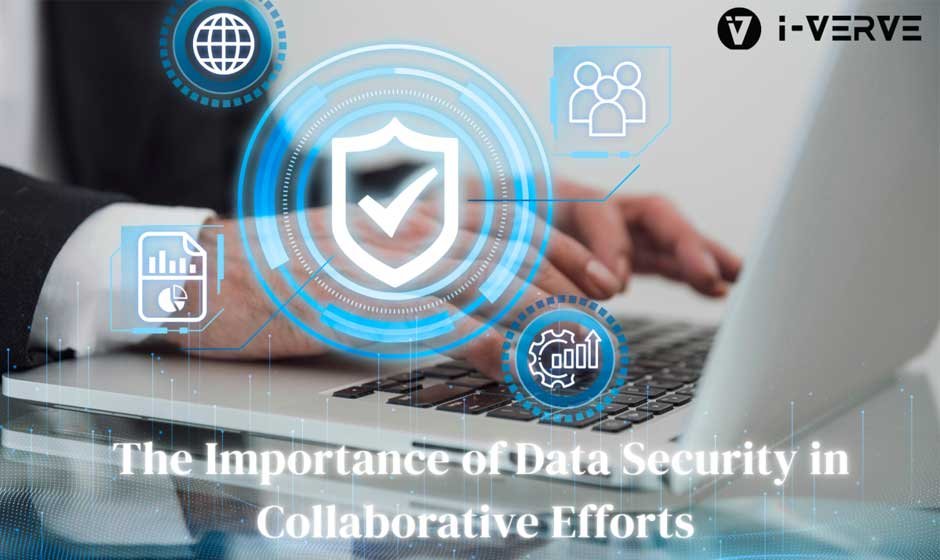In an age when digits replace paper and transactions take milliseconds; the financial world serves as a fortress of digital assets that is constantly under attack. Data has become currency; hence, cybercrime does not require physical access to take value; your systems are the vaults. Behind every login, transfer, or account update is a potential entry point for malicious activity. Your best defense in this digital battleground is a multi-tiered approach anchored in awareness, flexibility, and intelligent architecture.
Encryption is the Bedrock of Every Secure Financial Transaction
Local or cross-border, every transaction passes via a complex digital channel. That information becomes a high-value target open for interception without good encryption. Like a lockbox, encryption scrambles sensitive data so completely that it stays unintelligible without the proper key.
Within financial institutions, encryption must be used for both data at rest and data in flow. From consumer information to corporate correspondence and digital records, encrypted data guarantees that even if it is obtained during a breach attempt, it provides no usable intelligence to the attacker. Unless accessible via approved routes, this basic layer transforms your data into indecipherable code.
Zero Trust Architecture as a Non-Negotiable Framework in Modern Financial Systems
Assuming trust within your network results in blind areas designed for cybercrime exploitation. Zero trust architecture has, therefore, evolved into a necessary basis in financial cybersecurity. Unless proven otherwise, this strategy considers all access requests, internal or external, to be potential threats. At every level, users, tools, and even programs must personally validate themselves.
It’s about the context, the security posture of the device, and the behaviour behind every request as much as about who is accessing your data. Constant revaluation reduces lateral movement; hence, even if one access point is compromised, it does not open the door to everything else. The outcome is a sealed environment in which permission is earned rather than assumed.
Real-Time Activity Monitoring and Anomaly Detection to Identify the Unseen Threats
Often hiding beneath daily activities, cyberattacks wait for the ideal opportunity to attack. These deviations mix with the daily data flow without real-time monitoring; hence, they go unnoticed until damage has already occurred. Using dynamic monitoring technologies driven by machine learning lets you find changes in user behavior, unauthorized file access, and odd transaction patterns.
These instruments create profiles of usual behavior and signal deviations suggesting compromise or intrusion. The key is not only recognizing subtle signals before they become full-scale breaches but also catching dangers after they occur. Monitoring makes your system a live entity, always scanning and responding to maintain integrity.
Employee Awareness and Role-Based Permissions to Reduce the Risk of Human-Triggered Incidents
Even the most powerful firewalls cannot protect against human error. Financial institution staff members frequently use high-level administrative tools, access consumer accounts, and handle private information. One mistake—such as clicking on a phishing link or mishandling credentials—can get beyond every technological security measure. This is why security awareness training must go beyond sporadic conferences.
It must be ingrained in your organization’s culture. The risk significantly decreases when this mindset is combined with stringent role-based permissions. Employees who understand the consequences of misuse and who only access the data required for their roles create an internal line of protection against inadvertent exposure and social engineering attempts.
Integrated Risk Management with Sector-Specific Intelligence for Ongoing Defense
A static approach to security exposes systems to changing hazards. This is especially true in the financial industry, where cyberattacks may feature coordinated, advanced methods. To stay competitive, your organization must approach risk management as a living, evolving strategy. This involves routinely changing protection systems depending on new intelligence and matching reactions with emerging trends in cybersecurity for financial services.
You can avert attacks before they reach your doorstep by using sector-specific intelligence, which gives you insight into threats aimed at similar institutions. Treating risk management as an adaptive process instead of a checklist helps your security strategy to change exactly with the terrain of digital threats.
Conclusion
The financial sector’s digital terrain is one of great value, great risk, and ongoing motion. Not just protection but also accuracy is needed in safeguarding sensitive data passing through this ecosystem. It calls for individuals who remain educated, technologies that change, and evolving plans. You increase your resilience against even the most sophisticated cyber threats by designing systems that validate before trusting, monitor before reacting, and learn before repeating. Security in this field is a never-ending pursuit, aided by smart infrastructure and sharper insight.
















